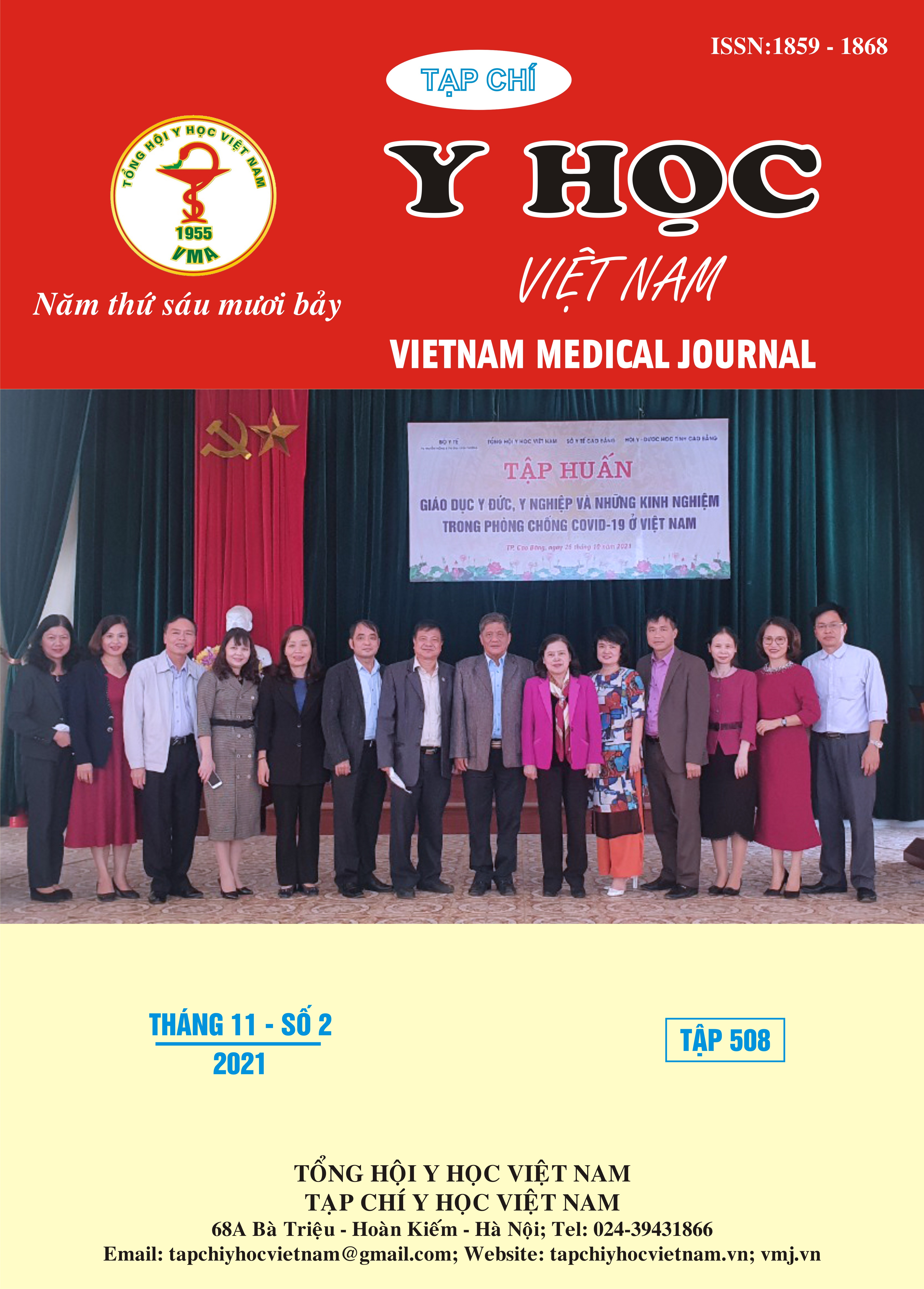CONSTRUCT THE COST - EFFECTIVENESS MODEL OF RUXOLITINIB VERSUS BEST AVAILABLE THERAPY OF PRIMARY MYELOFIBROSIS IN VIET NAM
Main Article Content
Abstract
Primary myelofibrosis (PMF) is the hematologic disease that had the most unfavorable prognosis in the group of myeloproliferative neoplasms. Ruxolitinib (RUX) had been shown to reduce spleen volume and risk of death compared with the best available therapy (BAT) in PMF treatment. The choice of the treatment regimen is not only based on effectiveness and safety, but also the cost-effectiveness of interventions, from which the establishment of cost-effectiveness analysis (CEA) model is considered to be one of the most important steps to determine the feasibility and reliability of the analysis. This study combined modeling methods with literature review and clinical expert consultation to build up CEA model of RUX versus BAT in PMF treatment on Microsoft Excel software 2020. The model consists of three parts: input parameters, central model and output parameters. The central model was built based on the Markov model including three states On Treatment, Off treatment and Dead. In which the patient population has equivalent characteristics to the patients in the COMFORT II clinical study with the cycle of 1 month and lifetime horizon. The model helps to analyze the cost-effectiveness of RUX versus BAT in the treatment of PMF and the affecting factors to the cost-effectiveness of RUX.
Article Details
Keywords
Cost – effectiveness analysis, ruxolitinib, primary myelofibrosis
References
2. Mesa RA, Niblack J, Wadleigh M, et al (2006), The burden of fatigue and quality of life in myeloproliferative disorders (MPDs): an international Internet-based survey of 1179 MPD patients. Cancer, Volume 109, Issue 1 p. 68-76
3. Heppner J et al (2019), Incidence of myeloproliferative neoplasms in Calgary, Alberta, Canada.
4. John Mascarenhas and Ronald Hoffman (2012), Ruxolitinib: The First FDA Approved Therapy for the Treatment of Myelofibrosis, Clinical Cancer Research, volume 18, Issue 11.
5. Bộ Y tế (2015), "Hướng dẫn chẩn đoán và điều trị một số bệnh lý huyết học", 4194/QĐ – BYT, Hà Nội. 44-46.
6. Gómez-Casares, María & Hernández-Boluda et al (2017), Cost-effectiveness of Ruxolitinib vs Best Available Therapy in the Treatment of Myelofibrosis in Spain, Journal of Health Economics and Outcomes Research. 5. 162-174. 10.36469/9808.
7. Hahl, J et al (2015), Cost-Effectiveness of Ruxolitinib for The Treatment of Myelofibrosis In Finland. Economic Evaluation Based on Finnish Auria Biobank Data on Health Care Resource Utilization, Value in Health, Volume 18, Issue 7, A669.
8. Ouagari, Khalid & Knight, Christopher & Mendelson, Estella (2012), Cost-Effectiveness of Ruxolitinib Versus Best-Available Therapy for Medical Treatment of Myelofibrosis: Canadian Societal Perspective, Blood. 120. 4255-4255. 10.1182/blood.V120.21.4255.4255.
9. Rojas, R et al (2016), Cost Effectiveness of Ruxolitinib Versus Best Available Therapy For The Treatment of Myelofibrosis From Public Health Perspective In Chile, Value in Health, Volume 19, Issue 7, A590.


